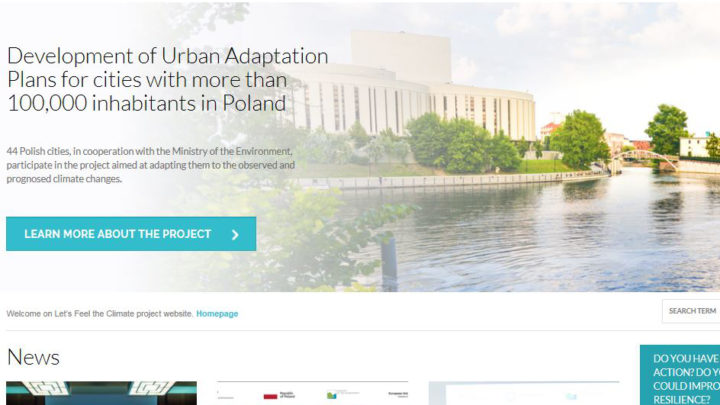Contact persons and consultation hours for citizens’ consultation
Risk awareness grows and turns into action when recurring and continuous information and personal expert advice are provided to private home owners as well as to public bodies. Contact persons and public consultation hours offer a greater guarantee of success than online information services or advertising campaigns. Acceptance of measures can be additionally promoted if…







